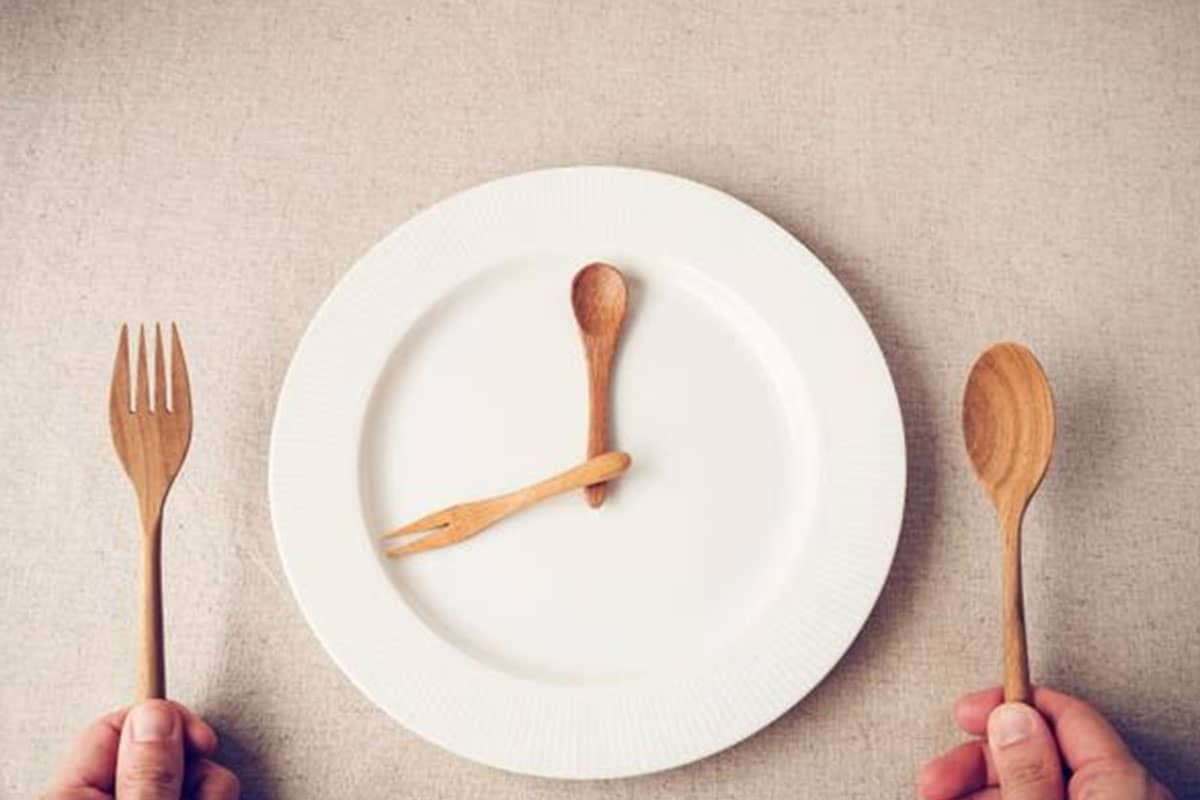Fasting has played a pivotal role in various cultures and religions. Catholics, Muslims, Jews, Hindus observe fasting.
When you hear the word fasting, what comes to mind?
A lot of these faiths fast because they think a connection exist between the spiritual and physical state.
Over the years, there has been an increase in the prevalence of fasting. But a lot of people who adopt this ancient practice today do so for health reasons.
Now that we’ve cleared that out of the way, let’s move on.
So much has been done over time and across varying cultural histories about fasting. One thing remains constant, though: fasting does have miraculous tendencies.
So, what is fasting?
In the simplest form, fasting means doing away from foods or drinks for a defined period. Generally, most people fast for 24-72 hours.
Furthermore, fasting has been researched and found excellent towards improving our health. For starters, fasting helps detoxify the body.
Here are some additional health benefits of fasting:
- It aids weight loss
- It increases growth hormone secretion
- It enhances blood sugar control
- It improves brain health
- It delays ageing
- It supports the treatment and prevention of cancer
Fasting and weight loss
Most dieters fast to drop a few pounds. In theory, that would work.
However, how many dieters have had significant weight loss with fasting? Hence the purpose of this article: it will enlighten you on the right way to use fasting as a dieting tool. Please take note, though; we will use time frames to explain it.
When you eat food, your body can either use up the food or store the food. Generally, the body uses some part of the food for energy. The other parts are stored and used later.
People often complain about not eating enough, yet, they gain weight. What they don’t know is that there is usually a cycle of how our bodies work around food.
Do you know that the human body only starts burning up stored food at least 10 hours after eating a meal?
Here is the translation of that: even if you eat in small quantities, but within the 10 hour range, your body keeps storing food. And that yields more fat tissues.
Also, eating before the 10-hour mark breaks the food storing-burning cycle. And that results in the same thing: more storage, less conversion.
What happens at the 10-hour mark?
10 hours after eating a meal, our blood sugar level starts reducing. It signals the body to begin converting some of the stored food.
So between 10 and 13 hours, there are a lot of conversions. That phase is termed the growth phase.
Why?
Growth hormones are secreted, and they catalyze the fat burning processes. And the perks of that are:
- Growth; build some muscles
- Longevity; slow down the ageing process
So if you’re looking to grow some muscles and maintain your youthful look, eating 10-13 hours after a meal is your best bet.
The 16-hour mark; Autophagy phase
After 16 hours, the body reaches a phase called autophagy.
What is Autophagy?
Auto means self while phagy means eat. And this means self-eating because your cells eat its junk. The outcome? Healthier and cleaner cells.
Autophagy is a self-preservation system which helps the body remove defective cells and recycle some of them towards cellular cleaning and restoration.
It can also be interpreted as a phase where the body cells realize that food isn’t coming. This usually enhances the conversion of stored food even more.
Between 16-24 hours, here is where the optimum growth hormone and autophagy happens. However, to lose weight, you would have to go more than 24 hours. The longer you stay in autophagy, the faster the weight loss.
More importantly, it is better to start gradually. Indeed, it isn’t easy at first, but it gets better with time.









Would like to start my son and my self on fasting fits time and would like to know how to go about and schedule when to start fast and break it. Some recipes would halo a lot.
Thank you
Maria
Love the way you explain the time element of fasting, I’m 29 hours in and already lost 5 pounds, Drinking filtered water, tea with lemon and apple cider vinegar, coffee (bullet proof)